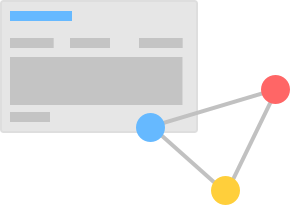Barnett is a fictional piece of software aimed to design around the issues I discuss in my thesis. It is a general purpose EHR system. It’s not institution-oriented, but problem-oriented - the problem of record management. This means it has a very limited scope of functionality:
Functionality
Store health records
Represent healthcare information in a consistent, but extensible format.
Share health records
Patients are surrounded by a team of healthcare professionals - they should all work on the same page.
Interact with health records.
Patients, software, and medical professionals all need to interact with health records - through both code & UI.



And nothing else
In my thesis, I argue that existing healthcare software is too complex. For example, patient management systems in primary care will easily handle all of a medical practice’s needs - appointment management, patient records, invoicing, claims, analysis, etc. The result is the software does everything, but nothing that great.
Barrett aims to do one thing well - manage healthcare records. Regardless of the context - primary care, hospitals, specialists, anything. It’s designed to be used in tandem with other systems which can specialise in their area of responsibility. This aims to reduce distribution costs - if an institution wants to try a new tool, they don’t have to replace their entire software system.






